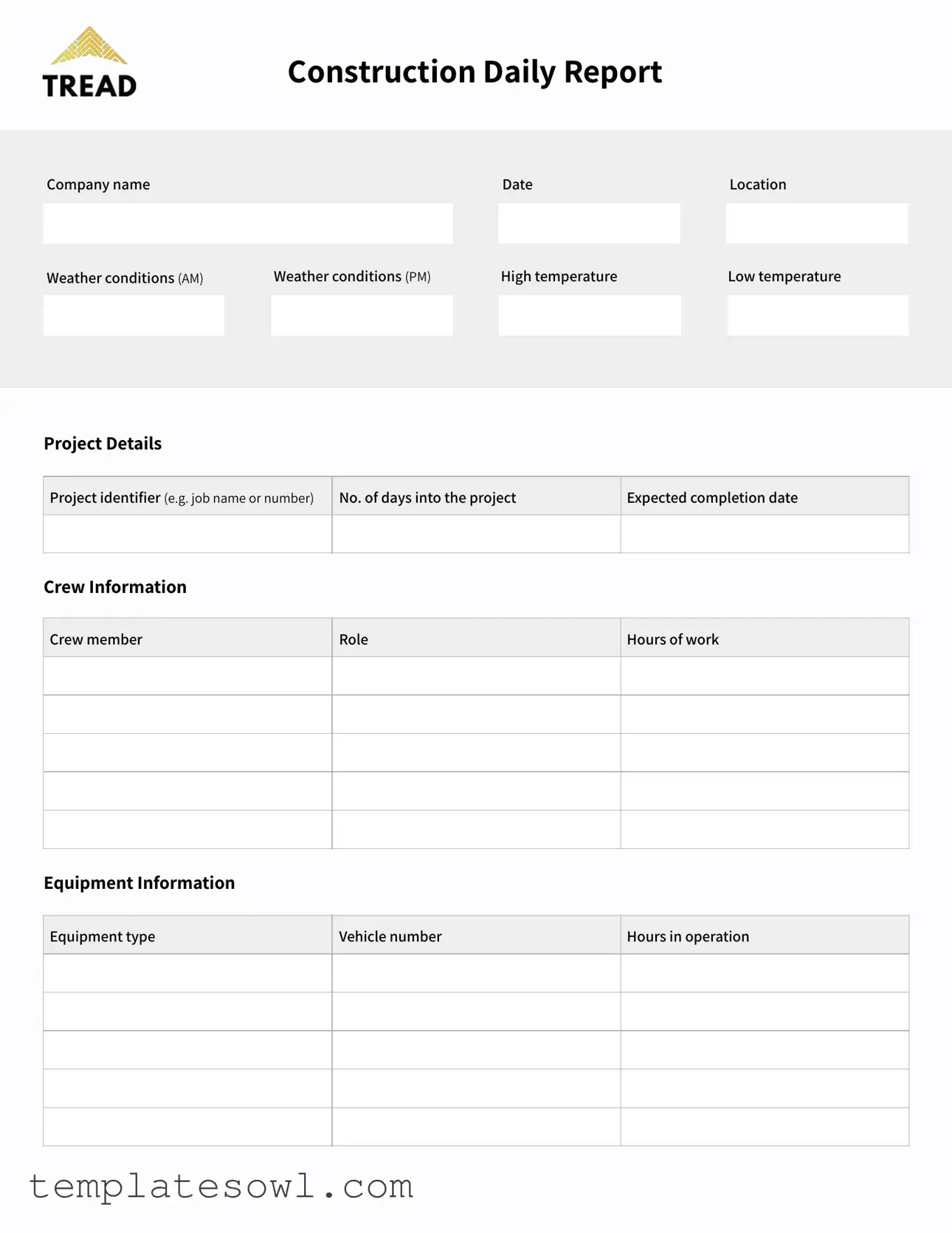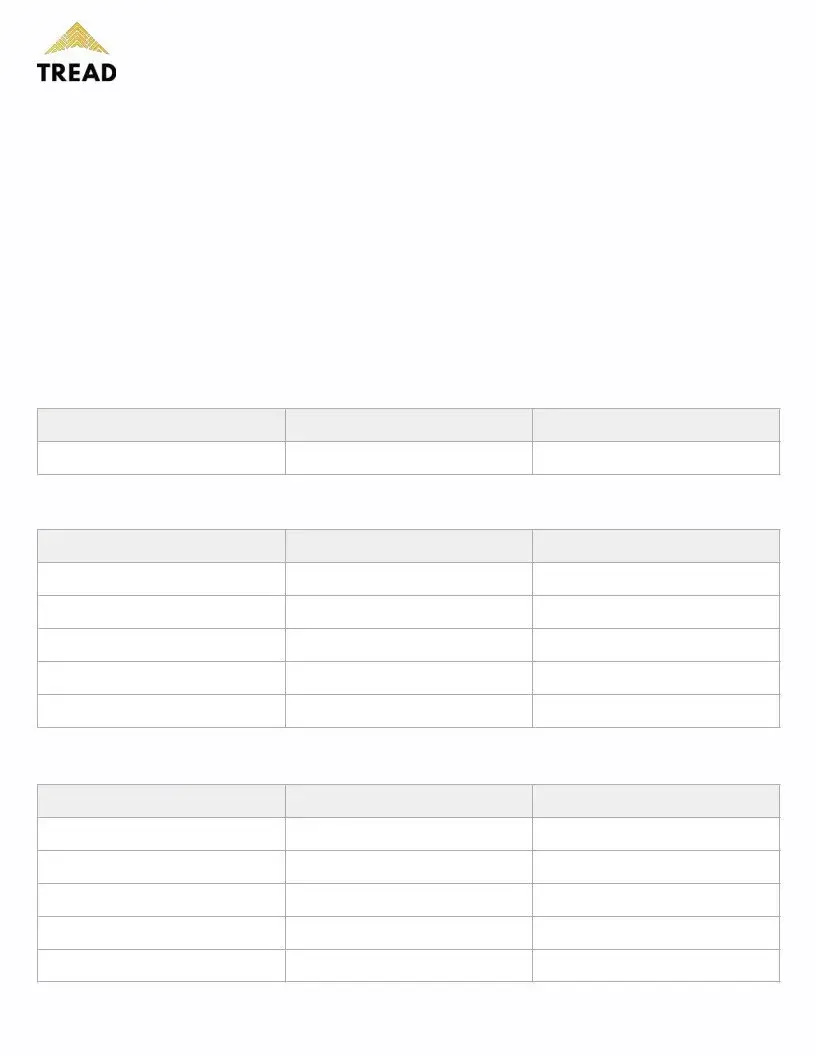What is the purpose of a Construction Daily Report?
A Construction Daily Report serves as a comprehensive record of daily activities on a construction site. It helps ensure that all relevant information about the project, crew, and any incidents is documented. This report is essential for keeping stakeholders informed and for providing a basis for project accountability. Ultimately, it aids in tracking the project’s progress and highlights any potential issues or delays that could affect timelines or budgets.
What information should be included in the daily report?
A well-structured daily report includes several key elements. Firstly, it should capture weather conditions, as these can have a significant impact on work progress. Secondly, project details such as the project identifier and the number of days into the project provide context. Information about the crew, including hours worked and roles, is crucial for understanding labor contributions. Equipment usage, material deliveries, as well as any issues or delays must also be documented. Additionally, noting any visitors and safety inspections contributes to overall project transparency and safety compliance.
How can a Construction Daily Report help in managing project delays?
By keeping a detailed log of issues and delays, a Construction Daily Report offers valuable insights into project management. If delays occur, such as late material deliveries or equipment malfunctions, the report outlines the specifics, including the duration of the delay. This information allows for better communication with stakeholders and helps in identifying patterns over time. Understanding the reasons behind delays can lead to implementing proactive strategies, minimizing future disruptions, and successfully keeping the project on track.
Who should fill out the Construction Daily Report?
The Construction Daily Report is typically filled out by a site supervisor or foreman. Their role requires a comprehensive understanding of ongoing activities and events. It is important that the report is completed daily to ensure accuracy and to capture essential details before they are forgotten. In some cases, crew members may also contribute by providing their inputs on specific tasks, safety inspections, or incidents that arose during their work shift.
What are the consequences of not maintaining a Construction Daily Report?
Neglecting to maintain a Construction Daily Report can lead to significant challenges. Without proper documentation, it becomes difficult to address disputes or claims regarding project issues. Inadequate records can hinder communication with clients and stakeholders, resulting in distrust or frustration. Additionally, without a clear picture of progress and problems, project timelines may be jeopardized, and budget overruns can occur. Regularly updating this report is crucial for ensuring successful project management and mitigating risks.


